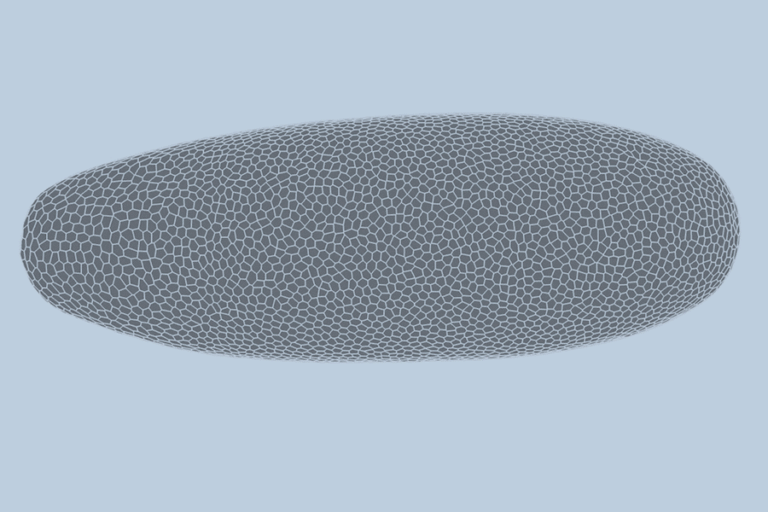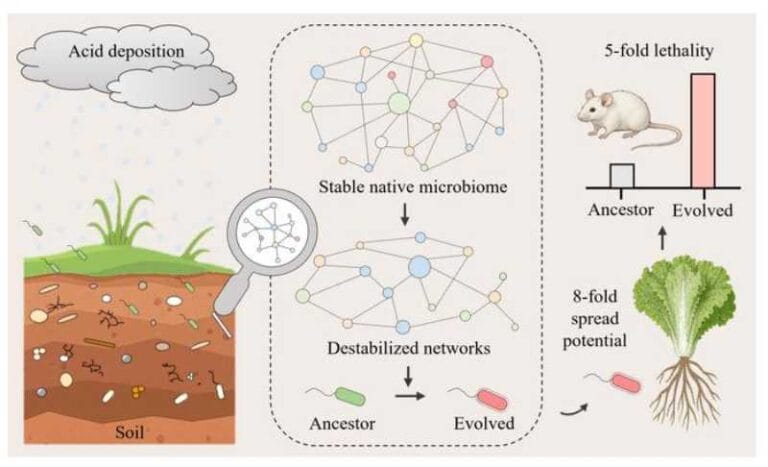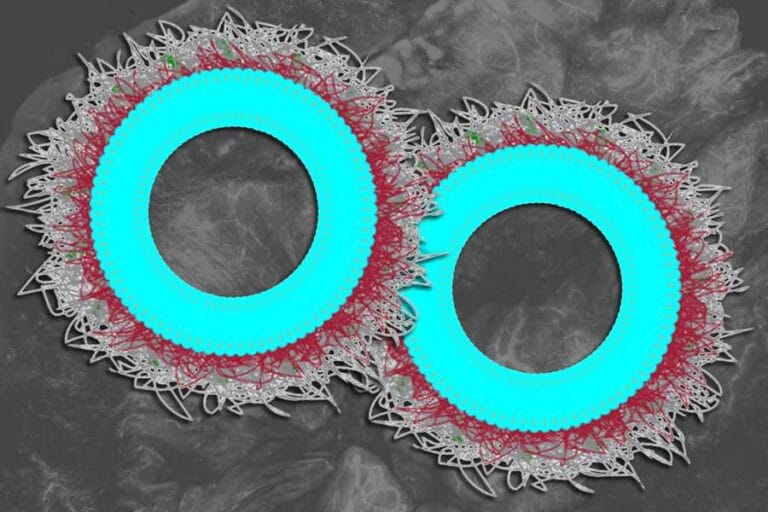The first artificial neurons that communicate directly with living cells
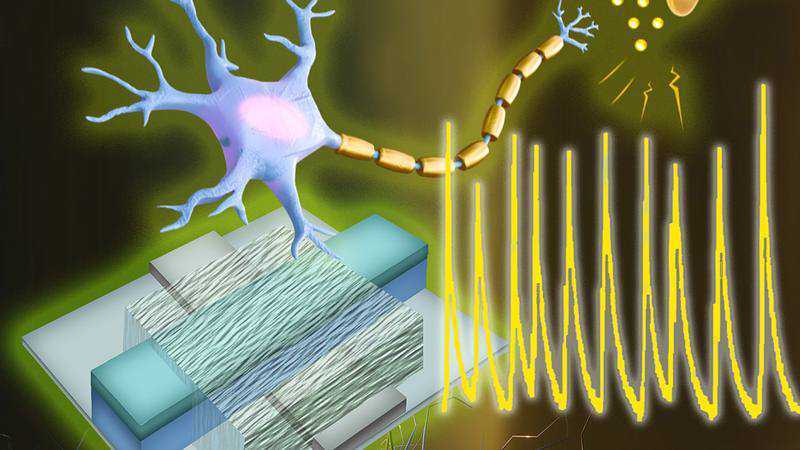
A group of engineers at the University of Massachusetts (UMass) Amherst has announced the creation of an artificial neuron capable of accurately reproducing the electrical functions of biological cells. The breakthrough, based on previous research with protein nanowires synthesized from electricity-generating bacteria, could pave the way for extremely efficient computers designed from biological principles and capable of interacting directly with living cells.
“Our brains process an immense amount of data,” explains Shuai Fu, a graduate student in electrical engineering and computer science at UMass Amherst and lead author of the study published in the journal Nature Communications. “But its energy consumption is very, very low, especially when compared to the amount of electricity needed to operate a Large Language Model (LLM), such as ChatGPT.”
The human body is more than 100 times more electrically efficient than a computer circuit. While the brain uses only about 20 watts to perform complex tasks, such as writing a story, an LLM can require more than a megawatt of electricity to perform the same activity.
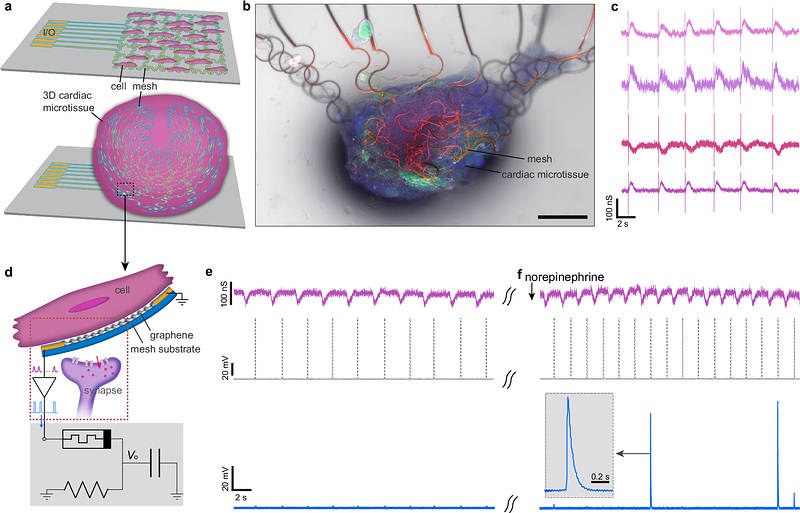
Although engineers have been exploring the use of artificial neurons to develop more efficient computers for some time, the major obstacle has always been keeping voltage levels low enough. “Previous versions of artificial neurons used 10 times more voltage and 100 times more power than what we were able to create,” says Jun Yao, associate professor of electrical engineering and computer science at UMass Amherst and senior author of the study. This meant that previous attempts were not only inefficient, but also could not be connected directly to living neurons, which would be damaged by such a high voltage amplitude.
“Our version operates at just 0.1 volts, roughly the same as the neurons in our bodies,” adds Yao.
The applications of this new neuron are quite broad, ranging from the redesign of computers based on bio-inspired and more efficient principles to electronic devices capable of “communicating” directly with the human body.
“Currently, we have all kinds of portable electronic sensors, but they are relatively large and inefficient,” says Yao. “Every time they detect a signal from our body, they need to amplify it electrically so that a computer can analyze it. This intermediate amplification step increases both energy consumption and circuit complexity. Sensors built with our low-power neurons could completely eliminate this need for amplification.”
The key element of this low-power neuron is a protein nanowire synthesized from the remarkable bacterium Geobacter sulfurreducens, capable of producing electricity. Yao and his colleagues have already used these nanowires to develop several high-efficiency devices, such as a biofilm that harnesses sweat to generate power for personal electronic devices, an “electronic nose” capable of detecting diseases, and a device capable of generating electricity from the air.

